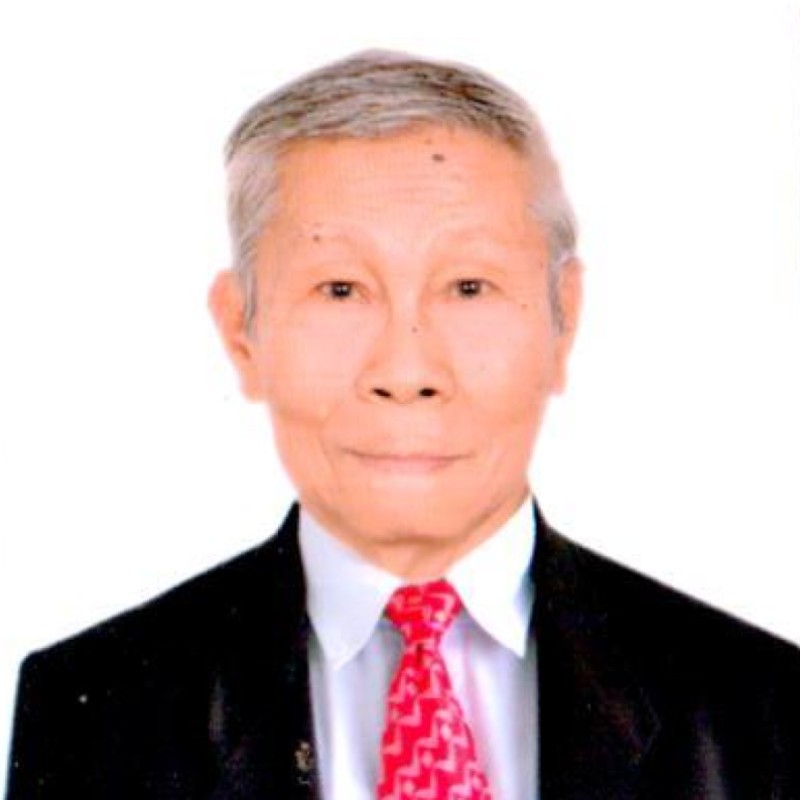GLIMPSES & GAZES
By Severino C. Samonte
The rare total solar eclipse in PH on June 20, 1955: A recollection
Share
Where were you and what was your immediate reaction when the sunlight dimmed and the hot day turned into a few minutes of darkness in the whole Philippines and some other Asian countries on June 20, 1955, or exactly 69 years ago today?
A rare astronomical phenomenon called total solar eclipse occurred at around noon time that day. The light of the sun disappeared and was replaced by total darkness for a few minutes.
That celestial occurrence, although it took place for a brief duration, was witnessed and experienced by amazed and excited Filipino people, numbering more or less 25 million at that time, and caused varied discussions, reactions, and opinions nationwide.
According to Collier's Encyclopedia, eclipses happen when the light from one astronomical body is totally or partially blocked off by another.
In a solar eclipse, the moon cuts off the sunlight by coming directly between the earth and the sun. There must be an alignment of the earth, moon, and sun for a solar eclipse to happen.
On the other hand, a lunar eclipse occurs when the shadow of the earth falls across the moon, cutting off the sunlight that is ordinarily reflected from the moon's surface.
In other words, an arrangement of the moon, earth, and sun in an almost straight line is necessary for a lunar eclipse.
Scientists say that a solar eclipse is considered unusual because, in any one place, it happens on the average only once in 260 years. Eclipses of the sun can either be total or annular.
During that total solar eclipse in Manila and the entire Philippines on June 20, 1955, I was then 16 years and one month old and was on the first day in high school at the former Novaliches Academy, now called the Metro Manila College (MMC).
It was a Monday, if I still remember it correctly. I was walking on my way home from the school, about 2 kilometers apart, to eat lunch after the morning classes, when the strange astronomical phenomenon began to unfold.
Although I already heard from the radio and read in a national newspaper advanced news about the coming solar eclipse the previous day, my immediate reaction was one of total amazement and wonderment when the sun's rays disappeared and were replaced by darkness for about 6 minutes.
As I was entering our gateless house along the present Gen. Luis Street, formerly called the Novaliches-Polo Road, I heard some caged cocks in a neighbor's house crowing several times while its owner was holding a transistorized radio and listening to an ongoing broadcast about the rare celestial occurrence.
The following morning, the total solar eclipse was the main subject of discussions in all classes in the school.
Before dismissing the class, our teacher in the Filipino language told us to write an essay about it in our theme notebook for that month.
While writing this column, I was wondering how many of today’s Filipino men and women with the same age as mine (85 years) could still recall that rare total solar eclipse.
I am full of hope that they will respond so I may be able to write about them in a future column.
Comments
About the Columnist

He began his journalistic career by contributing to the Liwayway and Bulaklak magazines in the 1960’s. He was the night editor of the Philippine News Service when Martial Law was declared in September 1972. When the Philippine News Agency was organized in March 1973, he was named national news editor because of his news wire service experience.
He retired as executive news editor in 2003. He also served as executive editor of the Malacanang-based Presidential News Desk from 1993 to 1996 and from 2005 to 2008.
